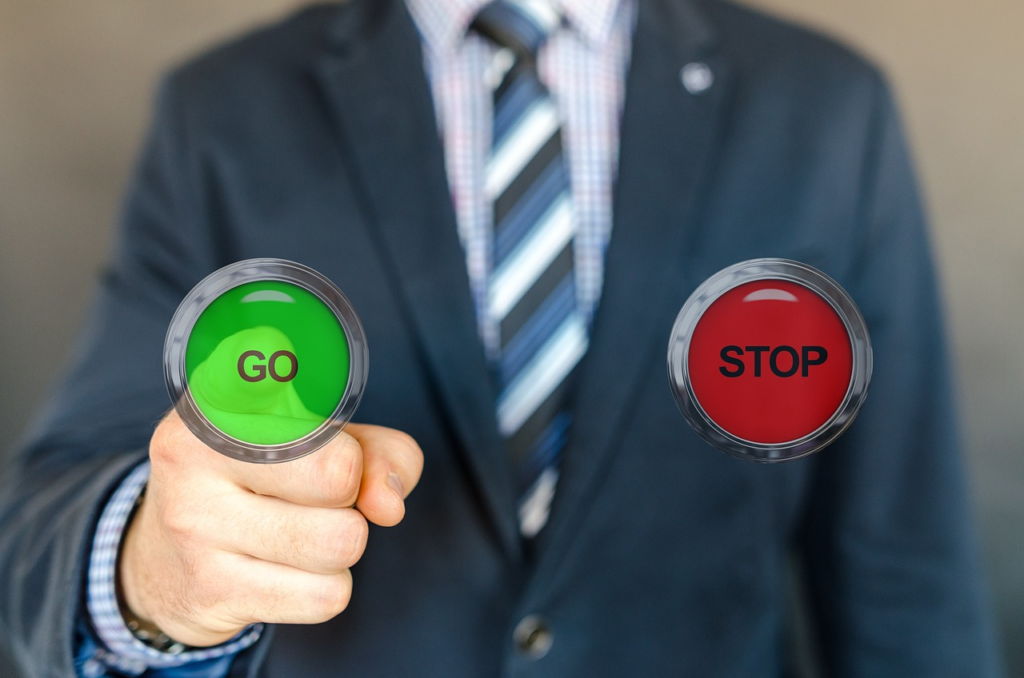
Introduction
Why do consumers often choose an expensive coffee over a cheaper alternative, or pay extra for same-day delivery even when they can wait? The answer lies in Behavioral Economics, a fascinating field that blends psychology and economics to explain how and why people make decisions, often irrationally.
In marketing, understanding these psychological triggers can significantly influence consumer behavior, boost sales, and foster brand loyalty. This blog dives deep into Behavioral Economics and its application in marketing with examples and actionable insights.
What is Behavioral Economics?
Behavioral Economics challenges the traditional assumption that consumers always make rational decisions. Instead, it explores how cognitive biases, emotions, and social influences shape choices. By recognizing these patterns, marketers can design strategies that align with how people naturally think and behave.
Key Behavioral Economics Principles in Marketing
1. Anchoring Effect
- Definition: People rely heavily on the first piece of information (the anchor) when making decisions.
- Example in Marketing: A clothing store displays a jacket with a $200 price tag but offers a discount to $120. The $200 anchor makes $120 feel like a bargain, even if the actual value is closer to $100.
2. Loss Aversion
- Definition: People prefer avoiding losses over acquiring equivalent gains.
- Example in Marketing: Streaming services like Netflix offer free trials with a cancellation option. Once users experience the service, the fear of losing access makes them more likely to subscribe.
3. Social Proof
- Definition: People follow the actions of others, especially in uncertain situations.
- Example in Marketing: Amazon highlights “Best Seller” tags and customer reviews, encouraging buyers to trust popular products.
4. Scarcity Effect
- Definition: Limited availability increases perceived value.
- Example in Marketing: E-commerce platforms use phrases like “Only 2 left in stock!” to create urgency and prompt immediate purchases.
5. Decoy Effect
- Definition: Introducing a third, less attractive option can nudge consumers toward a specific choice.
- Example in Marketing: A movie theater offers three popcorn sizes: small for $4, medium for $7, and large for $7.50. The medium serves as a decoy, making the large size appear like the best value.
How Behavioral Economics Shapes Marketing Campaigns
1. Pricing Strategies
Behavioral Economics helps craft pricing models that resonate with consumers.
- Example: Subscription services like Spotify offer a free plan, a standard plan, and a premium family plan. The standard plan feels more affordable when contrasted with the family plan, nudging users to subscribe.
2. Product Placement and Design
Visual cues can significantly influence purchasing decisions.
- Example: Supermarkets place high-margin products at eye level, knowing customers are more likely to notice and buy them.
3. Personalization
Tailoring messages to individual preferences creates emotional connections.
- Example: Netflix recommends shows based on viewing history, making users feel understood and valued, which encourages continued engagement.
4. Gamification
Incorporating game-like elements can make shopping more engaging.
- Example: Starbucks’ loyalty program lets users earn stars for purchases, which they can redeem for free drinks, encouraging repeat visits.
Real-World Applications of Behavioral Economics in Marketing
1. Apple’s Pricing Tactics
Apple leverages the anchoring effect by pricing its top-tier products high, making mid-range options appear more reasonable. The launch of a premium iPhone model also creates buzz, driving interest in the entire product line.
2. Booking.com’s Scarcity and Social Proof
Booking.com uses messages like “Only 1 room left!” and “5 people are looking at this room right now” to create urgency and validate consumer choices. This mix of scarcity and social proof effectively pushes users toward quicker decisions.
3. Coca-Cola’s Personalization Campaign
The “Share a Coke” campaign replaced its logo with popular names, leveraging emotional connection and social proof. Consumers were motivated to find their names or those of friends, creating a viral marketing phenomenon.
Behavioral Economics in Digital Marketing
1. Nudges in Website Design
- Websites use subtle cues to guide users toward specific actions.
- Example: E-commerce platforms highlight free shipping thresholds (“Add $10 more to qualify for free shipping”), nudging consumers to spend more.
2. Retargeting Ads
- Behavioral Economics principles guide retargeting strategies.
- Example: A customer who abandons a cart receives an email with a discount offer, tapping into loss aversion by emphasizing what they’re missing out on.
3. Subscription Models
- Many services use the endowment effect to build attachment during free trials.
- Example: Adobe Creative Cloud offers free access for a limited period, making it harder for users to cancel once they’ve started creating projects.
How to Apply Behavioral Economics in Your Marketing Strategy
- Create Value Perceptions
- Use comparative pricing or introduce decoys to guide consumer choices.
- Example: Offer a premium product alongside a slightly less expensive option to make the latter seem like a great deal.
- Leverage FOMO (Fear of Missing Out)
- Highlight time-sensitive deals or limited stock to drive urgency.
- Example: Run flash sales with countdown timers on your website.
- Simplify Choices
- Avoid overwhelming customers with too many options.
- Example: Curate product bundles or highlight “most popular” choices to reduce decision fatigue.
- Build Emotional Connections
- Personalize communications to align with customer values.
- Example: Use storytelling in ads that reflect your target audience’s aspirations.
- Encourage Small Wins
- Offer incremental rewards to build loyalty.
- Example: Gamify loyalty programs with milestones, badges, and exclusive perks.
Key Takeaways
- Behavioral Economics sheds light on the often irrational nature of consumer decision-making.
- By leveraging psychological triggers like scarcity, social proof, and loss aversion, marketers can influence purchase behavior and foster long-term loyalty.
- Real-world examples from brands like Apple, Booking.com, and Starbucks highlight how these principles drive results.
Conclusion
Understanding Behavioral Economics is essential for crafting effective marketing strategies. By tapping into human psychology, brands can create campaigns that resonate deeply with their audience, driving engagement, sales, and loyalty. Whether you’re a small business owner or a marketing executive, applying these principles can set you apart in an increasingly competitive marketplace.

